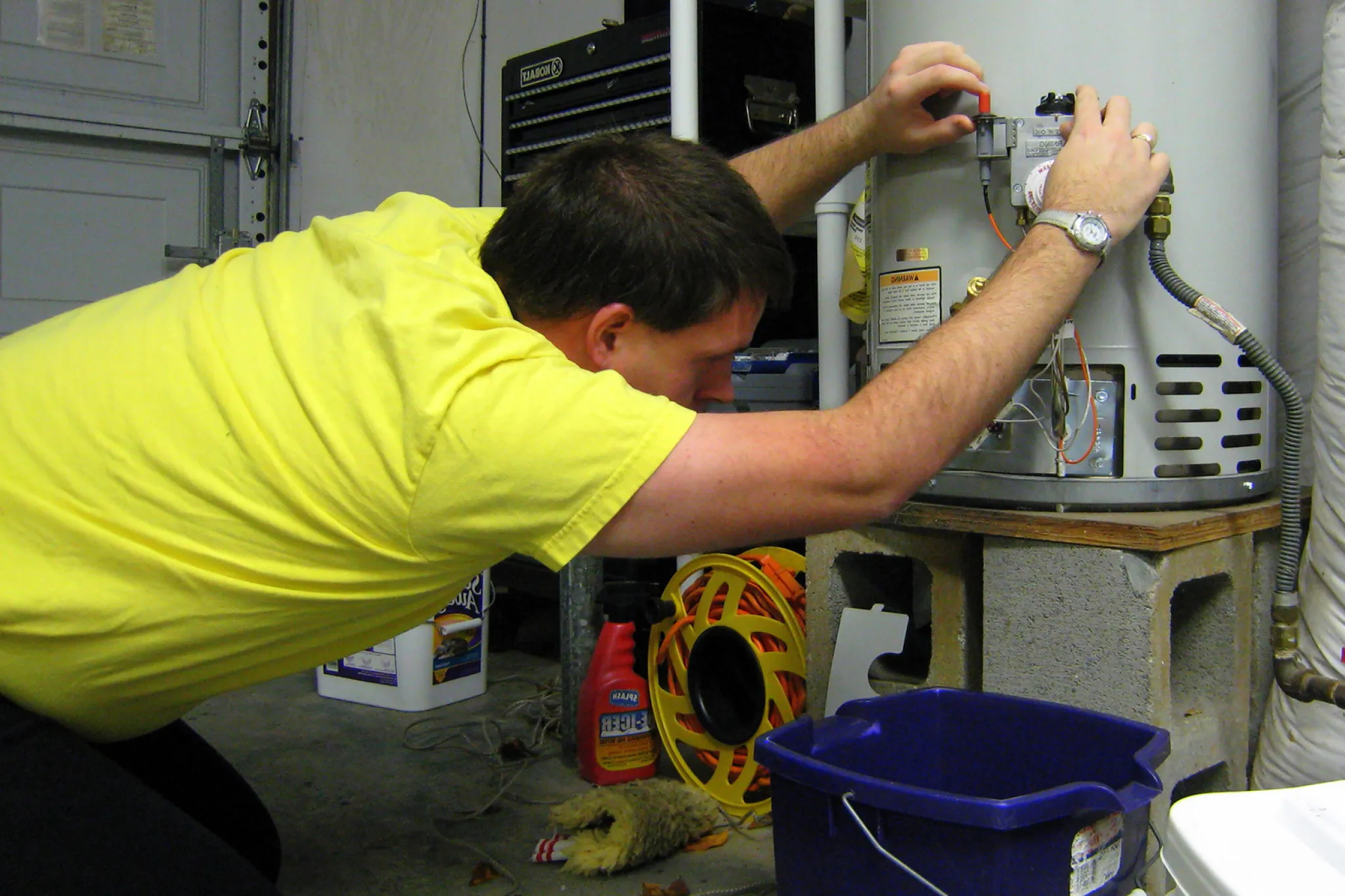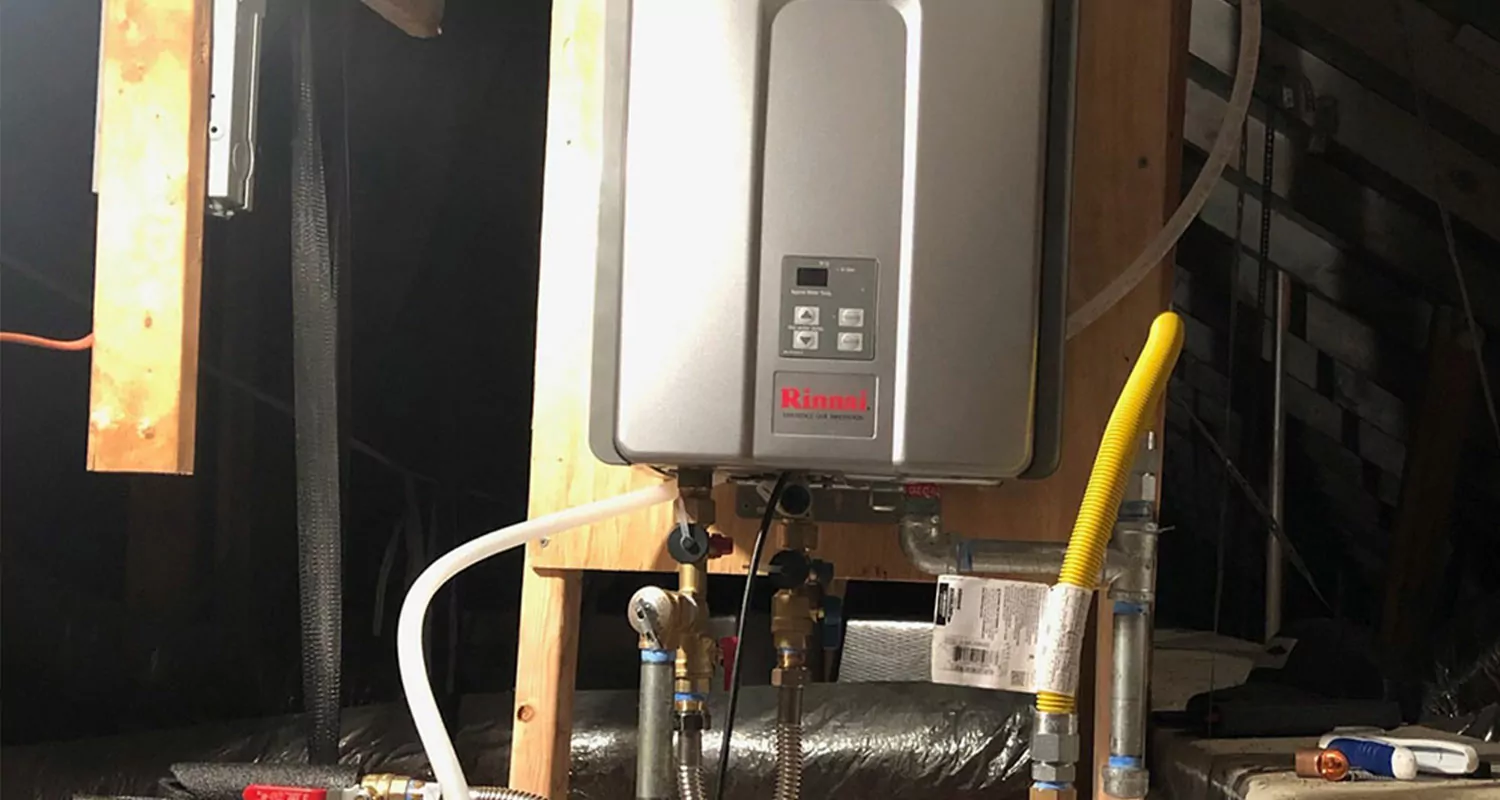Straightforward Ways to Maintain Your Home's Hot Water System Effectively
Straightforward Ways to Maintain Your Home's Hot Water System Effectively
Blog Article
Are you currently on the lookout for details involving What Kind of Maintenance Do Water Heaters Need??

Hot water is vital for everyday convenience, whether it's for a rejuvenating shower or cleaning meals. To ensure your hot water system runs effectively and lasts longer, regular maintenance is key. This article provides sensible tips and understandings on just how to preserve your home's hot water system to prevent interruptions and expensive repairs.
Introduction
Maintaining your home's hot water system could appear difficult, however with a couple of easy steps, you can ensure it operates smoothly for years to come. This guide covers everything from recognizing your warm water system to do it yourself upkeep pointers and recognizing when to employ specialist assistance.
Value of Keeping Your Warm Water System
Normal maintenance not only extends the lifespan of your hot water system yet additionally guarantees it runs effectively. Neglecting upkeep can bring about lowered effectiveness, higher power costs, and also premature failure of the system.
Signs Your Warm Water System Requirements Maintenance
Knowing when your warm water system requires interest can avoid major concerns. Keep an eye out for indications such as inconsistent water temperature level, strange sounds from the heating unit, or rustic water.
Understanding Your Warm Water System
Prior to diving into upkeep jobs, it's valuable to understand the standard elements of your hot water system. Typically, this consists of the water heater itself, pipes, anode poles, and temperature controls.
Monthly Maintenance Tasks
Regular month-to-month checks can help capture minor issues prior to they escalate.
Purging the Water Heater
Purging your hot water heater removes debris accumulation, boosting effectiveness and prolonging its life.
Monitoring and Replacing Anode Rods
Anode poles avoid corrosion inside the storage tank. Examining and changing them when worn out is critical.
Checking and Adjusting Temperature Level Settings
Changing the temperature setups ensures optimum performance and security.
DIY Tips for Upkeep
You can perform a number of upkeep tasks on your own to keep your warm water system in top problem.
Looking for Leaks
Regularly inspect pipelines and connections for leaks, as these can bring about water damage and greater bills.
Evaluating Stress Alleviation Valves
Evaluating the stress relief valve ensures it operates correctly and stops excessive pressure build-up.
Insulating Pipes
Protecting warm water pipes minimizes warmth loss and can save energy.
When to Call a Specialist
While do it yourself upkeep is advantageous, some problems need specialist expertise.
Complex Issues Requiring Specialist Aid
Instances include significant leaks, electrical troubles, or if your water heater is consistently underperforming.
Routine Specialist Upkeep Perks
Professional upkeep can consist of extensive evaluations, tune-ups, and guaranteeing compliance with security requirements.
Conclusion
Regular maintenance of your home's hot water system is essential for efficiency, long life, and expense financial savings. By adhering to these pointers and knowing when to seek professional help, you can guarantee a trustworthy supply of warm water without unanticipated interruptions.
How to Maintain an Instant Hot Water Heater
Before tinkering with your hot water heater, make sure that it’s not powered on. You also have to turn off the main circuit breaker and shut off the main gas line to prevent accidents. Also turn off the water valves connected to your unit to prevent water from flowing into and out of the appliance. 2. When you’re done, you have to detach the purge valves’ caps. These look like the letter “T†and are situated on either side of the water valves. Doing so will release any pressure that has accumulated inside the valves while at the same time avoid hot water from shooting out and burning your skin. 3. When the purge valves’ caps are removed, you have to connect your hosing lines to the valves. Your unit should have come with three hoses but if it didn’t, you can purchase these things from any hardware or home repair shops. You can also get them from retail stores that sell water heating systems. Read the user’s manual and follow it to complete this task properly. When the hosing lines are connected, open the purge port’s valves. 4. You should never use harsh chemical cleaners or solutions when cleaning your unit. Make use of white vinegar instead. It should be undiluted and you’ll probably use about 2 gallons. 5. Now flush your water heater. This task should probably take about 40 minutes. We can’t give you specific directions for this because the procedure is carried out depending on the type, model and brand of your heater. With that being said, refer to the user’s manual. 6. When you’re done draining the unit, you have to turn off the purge port valves again. Remove the hosing lines that you earlier installed on each of the water valves. Put the valve caps (purge port) back in their respective places and be very careful so as not to damage the rubber discs that are found inside these caps. 7. Now that everything’s back in place, check your user’s manual again to find out how to reactivate your water heating system. 8. Once it is working, turn one of your hot water faucets on just to let air pass through the heater’s water supply pipes. Leave the tap on until water flows smoothly out of it. https://www.orrplumbing.com/blog/2014/september/how-to-maintain-an-instant-hot-water-heater/

Hopefully you liked our part about Tips on Maintaining a Water Heater. Thank you for finding the time to read our blog post. Do you know about another individual who is fascinated by the niche? Please feel free to promote it. Thank you so much for your time invested reading it.
Call Today Report this page